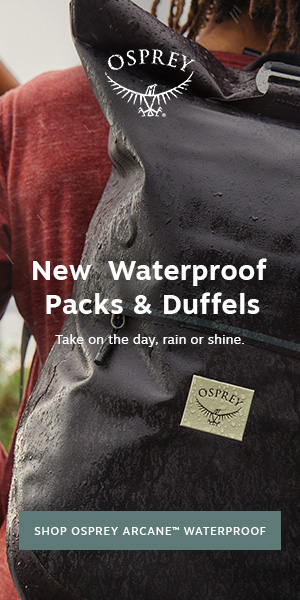Packing list :: Winter Camping
Camping can be tough. There’s the physical strain of hiking, sleeping on the ground, dealing with hunger, and the loss of luxury that modern civilization provides. Then, you have to deal with the elements. Extremely hot weather and extremely wet weather pose their own threats, but most of the time those elements come and go over the course of a few days. Winter camping, on the other hand, has one constant: Really. Freaking. Cold. Which can ruin your trip in its own special way. While all adventures need to be approached with their own precautions, we think it’s a good time to rehash the gear list for winter if you’re considering camping this season.
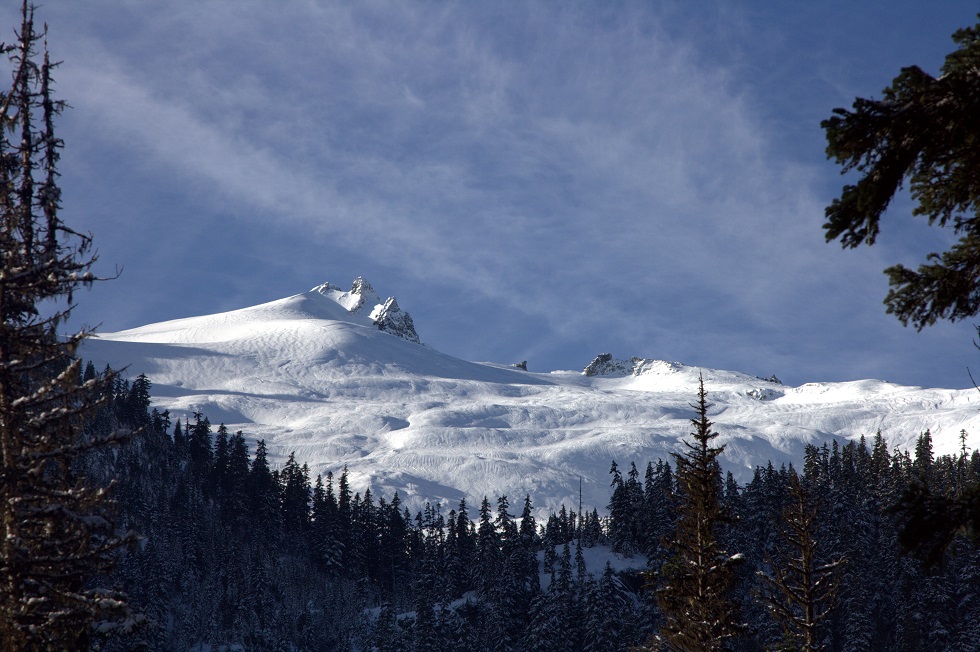
I carried the following items on a recent trip to the Alpine Lakes Wilderness region in Washington’s Cascade Mountains. The weather was awesome with no precipitation and temperatures between 10-35. Not shown is food, a knife, and personal care and hygiene. **My level of experience is different than yours and you should make substitutions to best suit your comfort and style.

The North Face Mountain 25: Super bomber 4-season tent. Comfy for 2. Room for 3 in a pinch. The large main vestibule provides enough room to cook when it’s really ugly outside and the back vestibule is plenty big enough for whatever equipment you need to keep out of the elements. Worst thing about the tent is carrying it. Weight: 10 pounds!
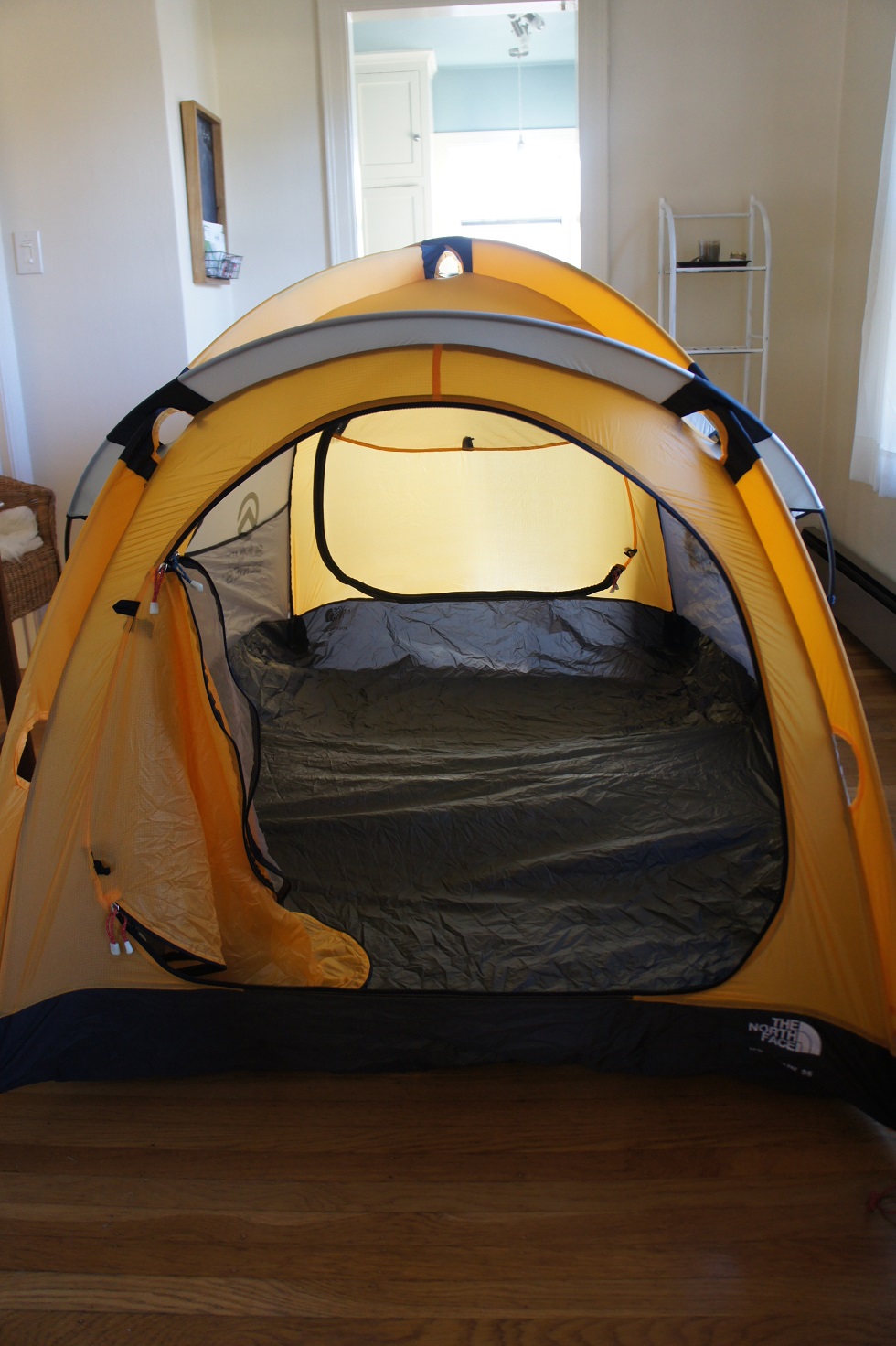
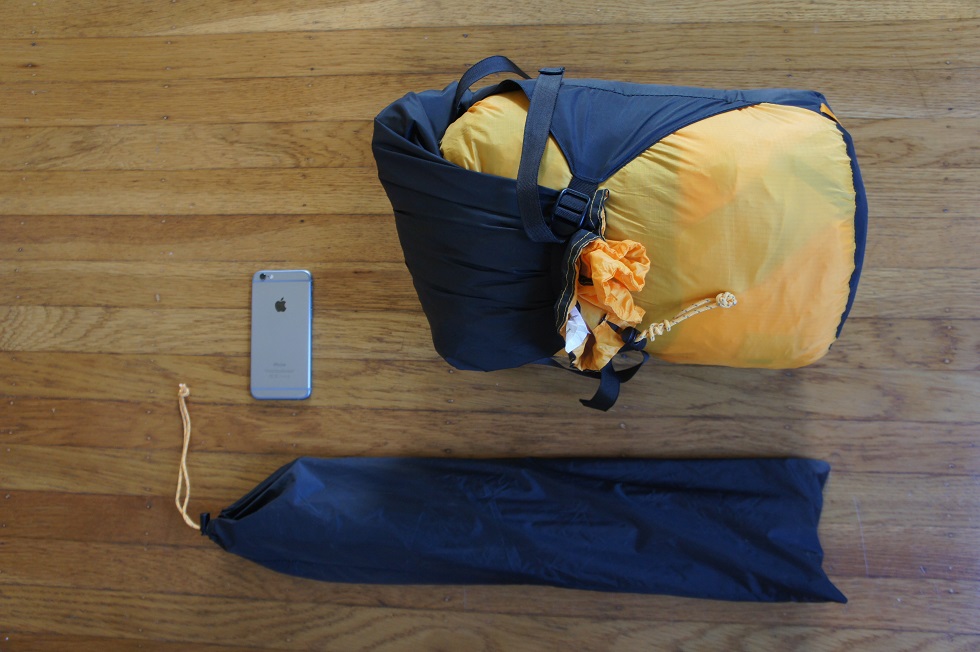
The North Face Blue Kazoo: Overall, a solid 15-degree down bag for most of the outings I take. I like down because of its compressibility, and a 15-degree comfort rating gives me a lot of flexibility. Weight: 2 pounds 12 ounces. Might be looking to upgrade this season.


Therm-a-Rest Z Lite SOL: At only 10 ounces in the short the Z Lite has been a staple of backpackers for a long time. The silver, heat reflective coating keeps you warmish and the closed cell foam offers you a non-absorbent cushion at lunch or a dry spot to keep your gear while you set up or crash camp. It’s less expensive than most other pads on the market too, so you won’t feel bad about abusing it.

Therm-a-Rest ProLite: Coming in at 16 ounces, the ProLite is a basic self-inflating mattress that provides good insulation from ground temperatures. I normally just carry the Z Lite, but when I know I’m sleeping on snow I will carry both pads for a total weight of 26 ounces. I could splurge and upgrade to a NeoAir, but I’m a dirt bag not a moneybag.

Granite Gear Leopard A.C. 58: It’s a dope bag. It’s got all the bells and whistles I need while still just being plain durable and hauling my stuff through field and thicket. Major complaints: It has the most complicated compression system on the planet and there’s no hip belt pocket for my snacks, but there is webbing so I will add one in the future.

Eider Orbit Active: I like Gore’s Active Shell because of its breathability and weight. It’s still very weatherproof and works better for me in warmer conditions. I got nuked on in this jacket for six hours in Washington’s Alpine Lakes Wilderness this September and it held up fine. Solid jacket at 12.5 ounces.

Arc’teryx Beta AR Pant: Not disappointed with this purchase. When you need your bottom half to be totally protected from the cold, rain, wind, and snow: Pro-tex or No-Tex. The Gore-Pro membrane and awesome design features by Arc’teryx make this a stellar pant for sloppy conditions. Best features beside the fit: internal gaiters and burly instep guard. Needs: another pocket and more crotch gusset. Weight: 19 ounces.

Salomon Quest 4D GTX: There’s a lot of hype behind these boots and for good reason. They have excellent toe protection, traction, and ankle support; the lace locks are magical and the cushioning is a dream. That said, I’m starting to question them as cold weather hikers. We did about 30 serious water crossings and about 6 miles of runoff trail where the path was literally a stream this last trip. They got me through the first day and a half but couldn’t handle the repeated wetting. This is my second pair of Quests – not sure if I’ll see a third.

Outdoor Research Verglas Gaiters: Worked awesome for the slop conditions the trail was in. From two feet of snow to washed out trails to water crossings these gaiters didn’t slow me down. Weight: 8 ounces.

The North Face Kelvin Glove: Like all warm gloves you’re giving up your dexterity to keep your fingers. These are nice gloves to have at altitudes where fires are prohibited or in windy conditions where frostbite is a real threat. The high cuff goes right over my jacket and the design team nailed it on the tensioning system at both the wrist and cuff – super fast to tighten or loosen while your gloves are on.

Tops
The North Face Super Zephyrus: Dope jacket – can’t get enough. PolarTech Power Stretch fabric in the underarm for full range of motion and breathability, 40 grams of Primaloft One (now Gold), alpine fit, perfect cuffs: this jacket has it all. The North Face stopped making them a few years ago but there are similar jackets out there. See also Arc’teryx Atom LT, Black Diamond Access Hybrid, Outdoor Research Men’s Cathode.
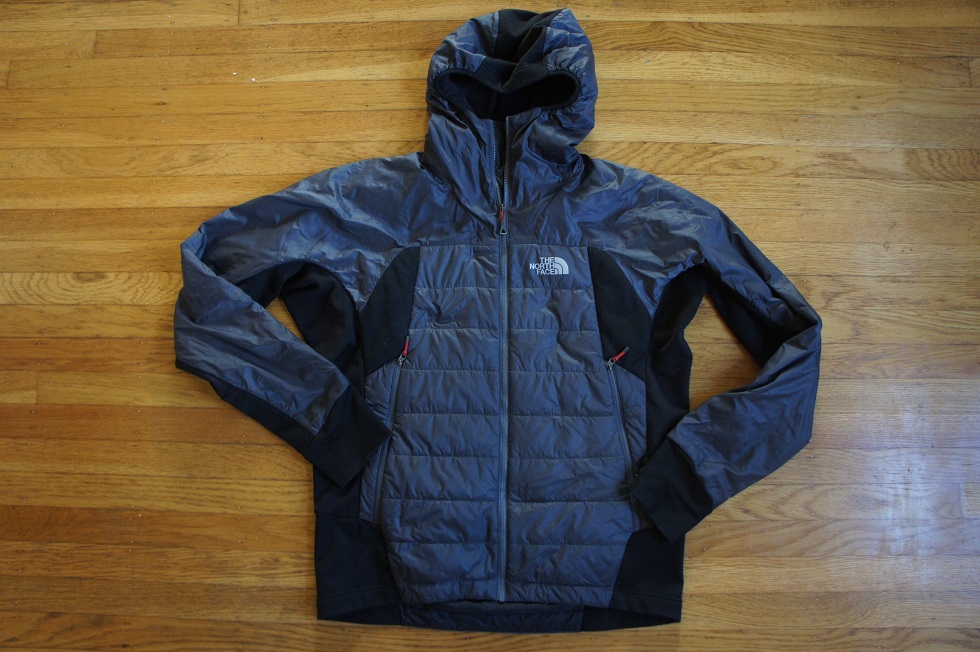
The North Face Expedition Base Layer: Awesome with a t-shirt underneath for causal weekends or next to skin as a cold weather base layer.

The North Face Merino Crew: One of the best products out there is a merino long sleeve. The North Face stopped making this one, but SmartWool, Ibex, and Icebreaker all specialize in merino products so they are out there. See also Patagonia’s new base layer line: Merino Air.

Bottoms
REI Acme Pant: No longer in production. This is an awesome soft-shell pant for 3-season hiking and high output cold weather trips. The only weather these pants don’t work well in is high heat and humidity, but then no pants really excel in those conditions.
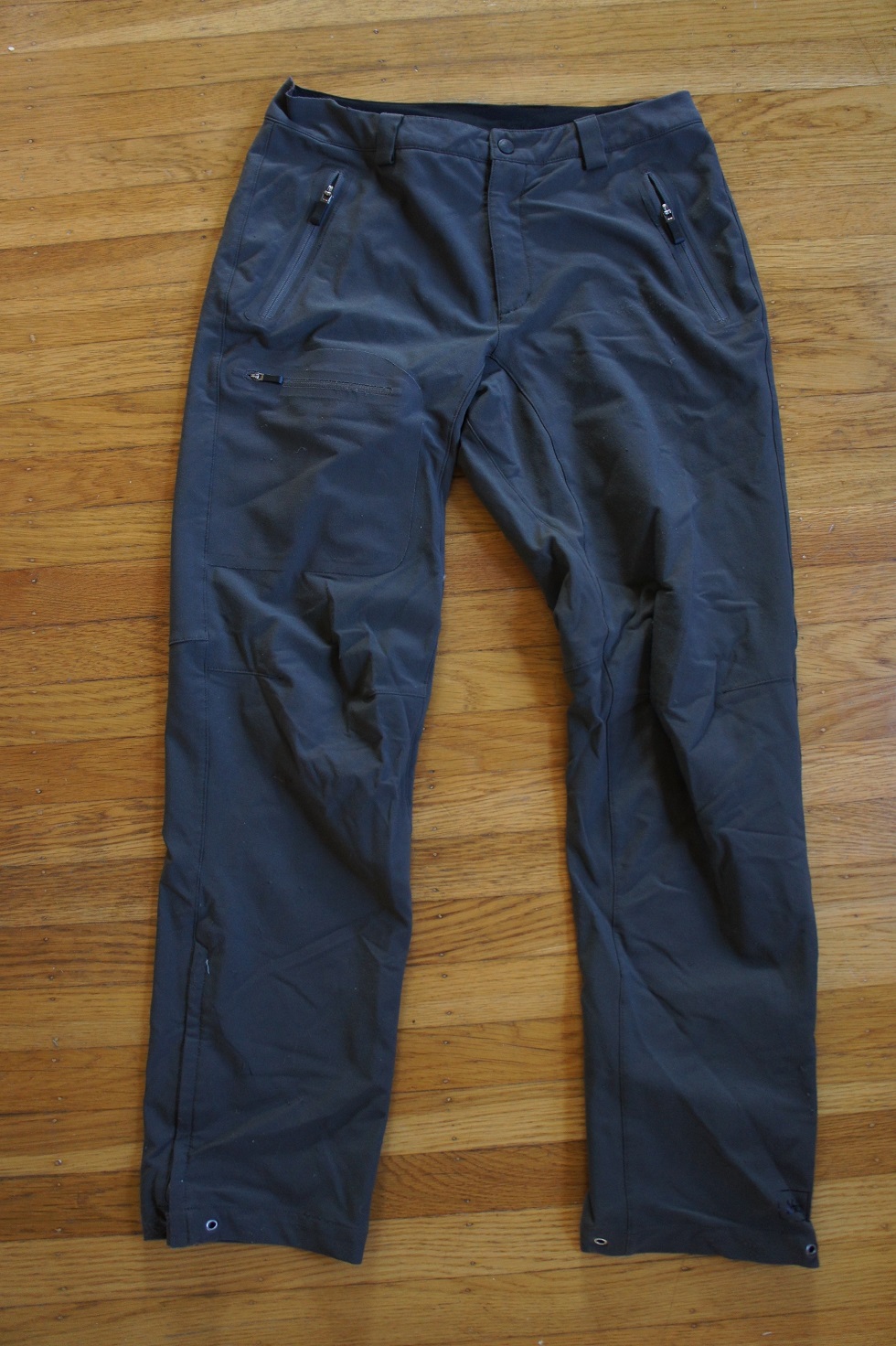
The North Face Flux Power Stretch Pant: No longer in production. Stupid Warm PolarTech Power Stretch pants for when the going gets tough. These are my dedicated sleeping pants and my bitter cold weather base layer.

Buff Merino: Versatile. Comfortable. Warm. One of the best values in the outdoor market.

Wool socks are crucial! I wear SmartWool socks for hiking and L.L. Bean wool socks for sleeping.






 Carry Awards
Carry Awards Insights
Insights Liking
Liking Projects
Projects Interviews
Interviews

